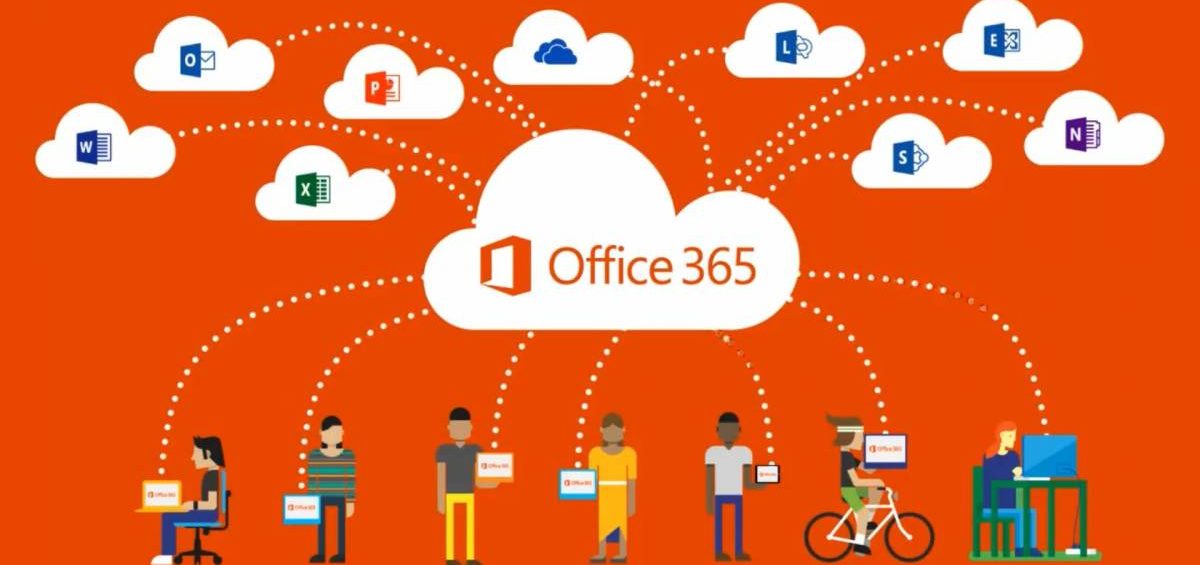A cloud is a cloud is a cloud, right? Hosted Cloud Desktops
Absolutely and positively not. Especially not when what is being advertised as a “cloud” solution is really only partially rooted in cloud computing.
When it comes to really digging into Microsoft Office 365 and a hosted desktop platform (otherwise referred to as “cloud desktops,” “virtual desktops,” or “VDI”), cutting through the hype and actually identifying the similarities and differences can take some serious researching efforts.
Why the confusion?
Time and time again we have seen organizations identify Office 365 as an alternative to an on-premise network. Time and time again we have seen organizations investigate a hosted desktop solution in order to reap outrageous cost savings. Both of these paths are misguided, but are completely understandable given how these solutions tend to be marketed.
To help clear matters up, this article will work through clear definitions for each of these solutions, where the two overlap, and where they are fundamentally disparate.
What is Microsoft Office 365?
Office 365 is a collection of Microsoft services, some of which are cloud-based and some of which are not. Here are the core pieces:
- Hosted email (including calendar)
- Full Office licensing
- Full mobile Office experience
- Web versions of Office
- OneDrive hosted file storage and sharing
- SharePoint hosted collaboration site
- Lync hosted instant & video messaging
- Yammer corporate social network
This service is sold on a subscription basis with various “packages” to fit different levels of need.
What is a hosted/virtual/cloud desktop?
A hosted desktop is a Windows desktop experience that is delivered to your computer or mobile device over the Internet.
This means that your desktop will have the look, feel, and functionality that you’re used to (line-of-business applications and all), but that the actual computing behind that desktop is taking place off-site at your provider’s datacenter—not in that tower sitting under your desk.
What do Office 365 and a hosted desktop environment have in common?
- Mobility. You can access a hosted desktop from anywhere with a reliable Internet connection, and you can access the cloud-based elements of Office 365 in the same way (though you’ll only have the full, licensed version of Office on the specific machines that have it installed locally).
- Off-Site Storage. Both solutions will keep store your files and data at an off-site datacenter (whether it’s Microsoft’s datacenter or your local provider’s). These datacenters will be secure, they’ll have reliable failover protocol (read: minimal downtime), and the overall performance will be impressive. And, if something disastrous were to happen to your offices, your data will still be safe and sound.
- Pricing Model. Microsoft offers their Office 365 solution on a per-user-per-month basis, and most cloud providers will do the same. This means that at least part of your IT expense will be predictable and scalable.
What are the major differences between Office 365 and hosted desktops?
- Customization. With hosted desktops, your entire individual desktop—not just access to a suite of Microsoft products—can be accessed from anywhere you have an Internet connection. This means that if you use one application for your accounting and one for your CRM, both of these will be available to you from the cloud.
- Hardware Needs. With a hosted desktop solution, you won’t have any servers on-site. This means no maintenance, no server room, and no expensive upgrade projects. With Office 365, you’ll still need servers to power any applications that aren’t within Microsoft’s suite. Hosted desktops can also offer freedom from workstation upgrades by way of replacing desktop machines with “thin clients,” which are basically small, low-powered computers that will tap into the cloud servers.
- Security: While Office 365 provides updates for the suite of products it offers, you are responsible for patching, maintaining, and updating your other applications. Most hosted desktop solutions offer full maintenance and monitoring including patching, anti-virus, anti-spyware, and anti-malware for ongoing protection. (In fact, many will require this protection, since it is actually the provider’s infrastructure that will be at risk.) You also won’t find HIPAA, ITAR, or equivalent compliance in a 365 offering; for that level of security, you’ll need to (carefully) choose a hosted desktop provider.
- Support: There tends to be an inverse correlation between the size of your IT firm and the quality of support that you’ll receive from them; the bigger the company, the more red tape you’ll have to wade through in order to get your problems resolved. We’ve experienced this first-hand with Microsoft—their support tends to be slow and not terribly reliable. Hosted desktop providers, on the other hand, are usually significantly smaller and therefore more invested in their quality of client support.
To sum it all up, our overall impression is this: if you are a small business with basic tech and support needs, you could probably save money and have sufficient functionality with an Office 365 subscription.
If, however, you are looking for a comprehensive replacement for your organization’s network infrastructure that requires little-to-no effort on your part, or you have mission-critical applications that need to be accessed from anywhere, then a hosted desktop solution is going to be the best bet for you.
Post by:



